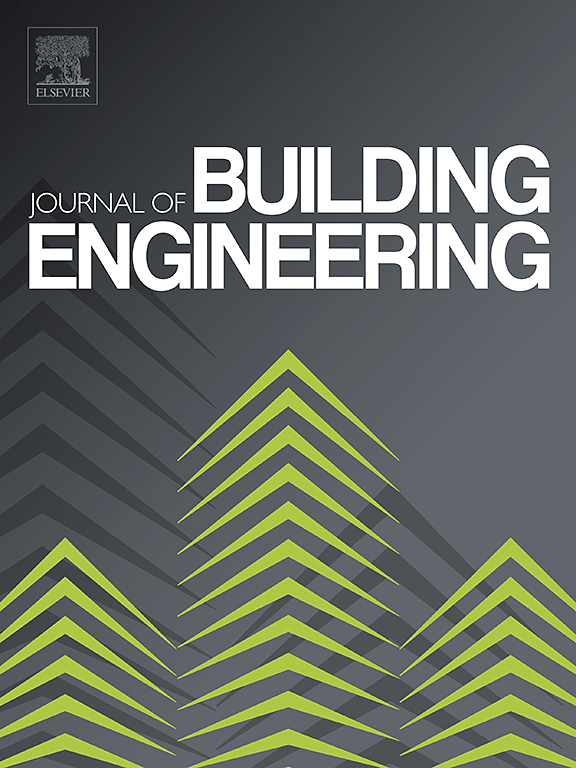Experimental and Numerical Study of a Magnetic Friction Damper Integrated with a Buckling-Restrained Brace (MFDBRB)
IF 6.7
2区 工程技术
Q1 CONSTRUCTION & BUILDING TECHNOLOGY
引用次数: 0
Abstract
Buckling-restrained braces (BRBs) are renowned for their effectiveness in enhancing seismic performance by providing strength and ductility to steel moment-resisting frames (SRFs). However, conventional BRBs face challenges due to their limited adaptability in extreme seismic events and the potential for significant damage when subjected to unexpectedly intense seismic forces. To address this, researchers have explored hybrid designs that integrate BRBs with other damping technologies, aiming to maximize energy dissipation and structural resilience while safeguarding the BRB from failure. This research focuses on the design and development of a novel Magnetic friction mechanism aligned in series with the BRB. Material selection for the Magnetic friction Damper (MFD) linked to BRB (MFDBRB) is discussed, followed by a detailed analysis of its properties, damping characteristics, and suitability. A 3D finite element model (FEM) was created using COMSOL 6.1 software, and a prototype was fabricated and tested in the laboratory. Three critical factors were identified affecting the damper's performance: increasing the air gap between steel and magnet contact from 0.5 mm to 6 mm reduced adhesion force by 30.35%, lowering the magnet's temperature from 20°C to 0°C increased adhesion force by 4.9%, and expanding the magnet's dimensions enhanced the magnetic field and damping force. Experimental and numerical results indicate that the novel MFDBRB enhances energy dissipation and can be a solution to protect the BRB against intense seismic forces while maintaining similar mechanical characteristics.
求助全文
约1分钟内获得全文
求助全文
来源期刊

Journal of building engineering
Engineering-Civil and Structural Engineering
CiteScore
10.00
自引率
12.50%
发文量
1901
审稿时长
35 days
期刊介绍:
The Journal of Building Engineering is an interdisciplinary journal that covers all aspects of science and technology concerned with the whole life cycle of the built environment; from the design phase through to construction, operation, performance, maintenance and its deterioration.
 求助内容:
求助内容: 应助结果提醒方式:
应助结果提醒方式:


